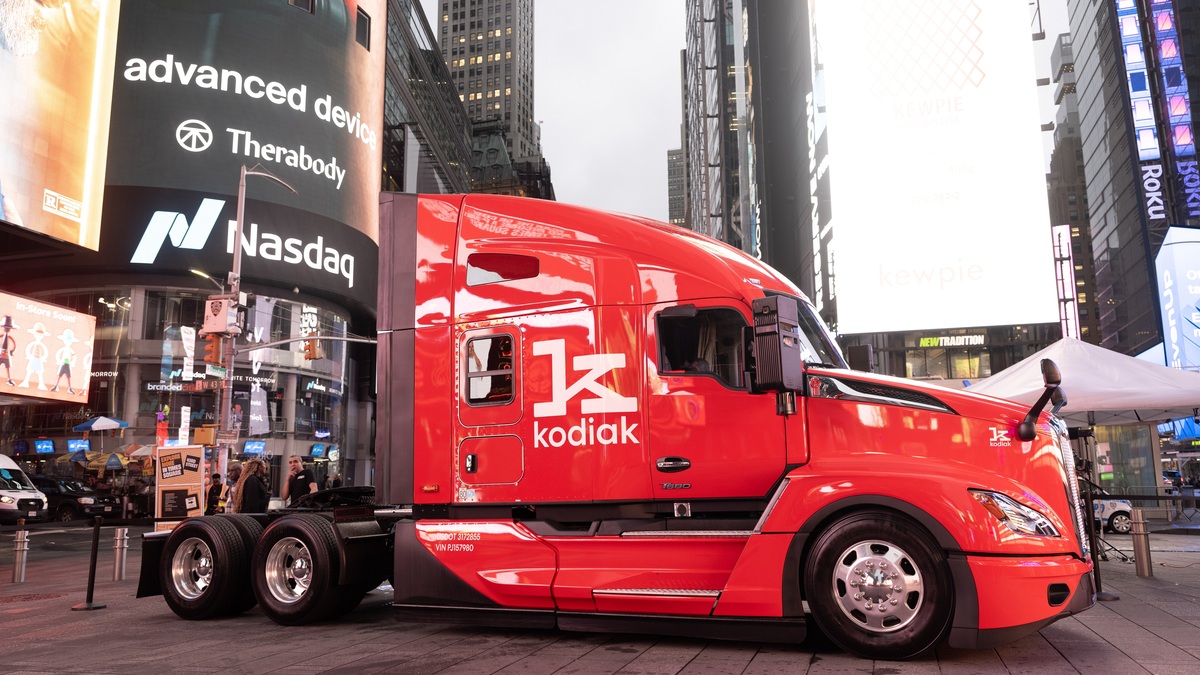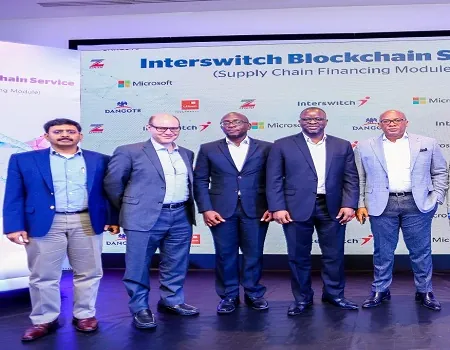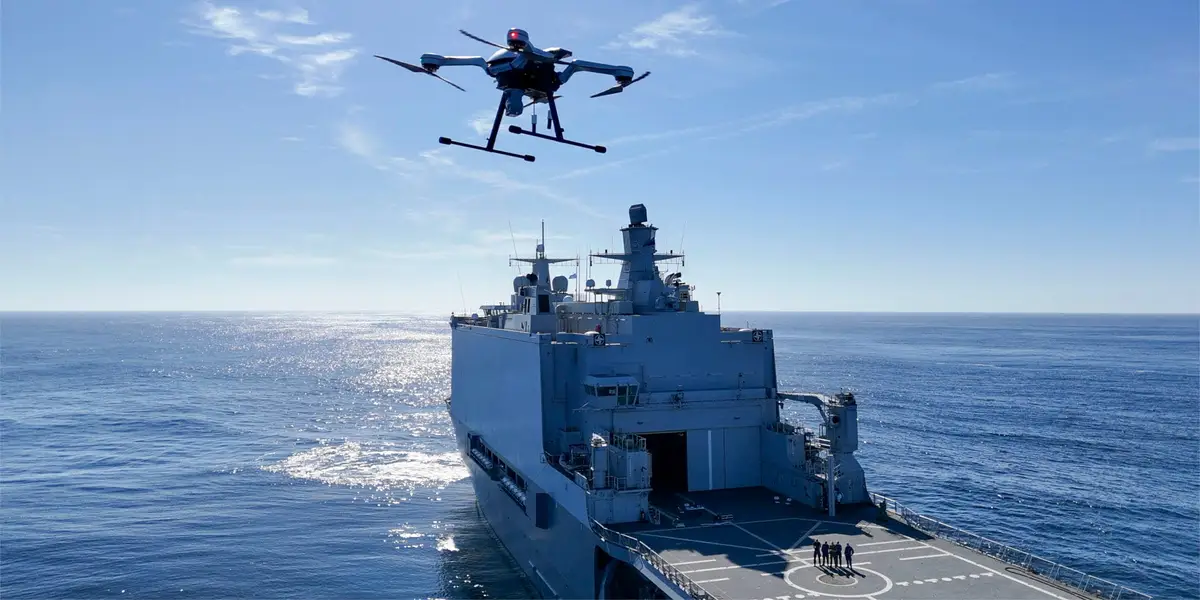
For autonomous trucking, “two years from now” is now real-world deployment
The autonomous vehicle industry has weathered years of high expectations followed by delayed implementations, with Burnette acknowledging the sector’s prolonged “coming soon” narrative. However, 2025 represents what he calls “an inflection point” where the technology has finally matured to enable commercial deployment.
“We’ve been around for seven and a half years. I myself, I’ve been working on self-driving technology for well over 16 years. So we’ve seen a lot,” Burnette said. “A lot of it has been a hype cycle… We’ve all been promised that self-driving is the future for years and years, and it almost seemed like it was never coming.”
“Where I think 2025 is really an inflection point, not only for Kodiak, of course, as we go through this process and become public, but also for the industry of self-driving technology. It’s out there. It’s being deployed. It’s being used,” said Burnette.
This transition from development to deployment required multiple technological breakthroughs. Burnette explained that the industry’s maturation stems from advancements in artificial intelligence research, improved hardware reliability and more sophisticated algorithms.
“It really was all of the above. It was everything coming together,” he said. “There’s nothing inherently special about the year 2025, other than this was the moment where the maturity of the ecosystem really came together all at once.”
The company currently operates eight driverless trucks in the Permian Basin, a 75,000-square-mile area where the vehicles run “day and night” delivering loads for Atlas. These trucks operate with “empty cabs” — completely driverless with “no observer, no safety personnel,” according to Burnette.
Kodiak’s next steps involve expanding operations and manufacturing at scale
To grow and scale, Kodiak has partnered with Roush to establish an assembly line dedicated to its technology. The partnership focuses on flexibility and modularity, with Roush adding “the redundancy, adding the AV kit, adding the compute and the sensors” to base trucks from OEMs.
“We’ve built our Roush partnership around flexibility, around modularity, and we can support other makes and models of vehicles,” Burnette said. “Roush is just taking a base truck from the OEM and adding the redundancy, adding the AV kit, adding the compute and the sensors, and then they return that to the customer.”
While Kodiak continues to develop its long-haul highway capabilities, targeting driverless highway operations in the second half of 2026, the company sees substantial opportunities in other sectors. The company has added more than 3,000 miles to its highway commercial network in the past six months and moves freight for companies including J.B. Hunt and Werner Enterprises.
“We see a massive opportunity in the oil and gas industry as we look to expand and continue to deliver more trucks,” Burnette said. “But there are other similar industries as well, such as mineral and metal mining that’s a worldwide and global opportunity.”
These industrial applications often involve remote locations with excessive driver turnover, high labor costs and challenging conditions — problems autonomous vehicles are well-positioned to address. Burnette also identified forestry and timber operations as potential markets.
As a public company, Kodiak now must balance its ambitious growth plans with fiscal responsibility. “We want to be really prudent about the steps that we take,” Burnette said. “We do have to be mindful of our earnings, and we have to be mindful of our spend, and we have to be mindful of the markets.”
Despite the challenges, the rapid growth in technology and capabilities are driving the driverless boom.“This technology is only accelerating,” Burnette said, while cautioning that building a fundamental business remains key. “That’s something that you really haven’t seen from autonomy companies before… actually getting to a stage of profitability so that the autonomy company can then control its own destiny.”



